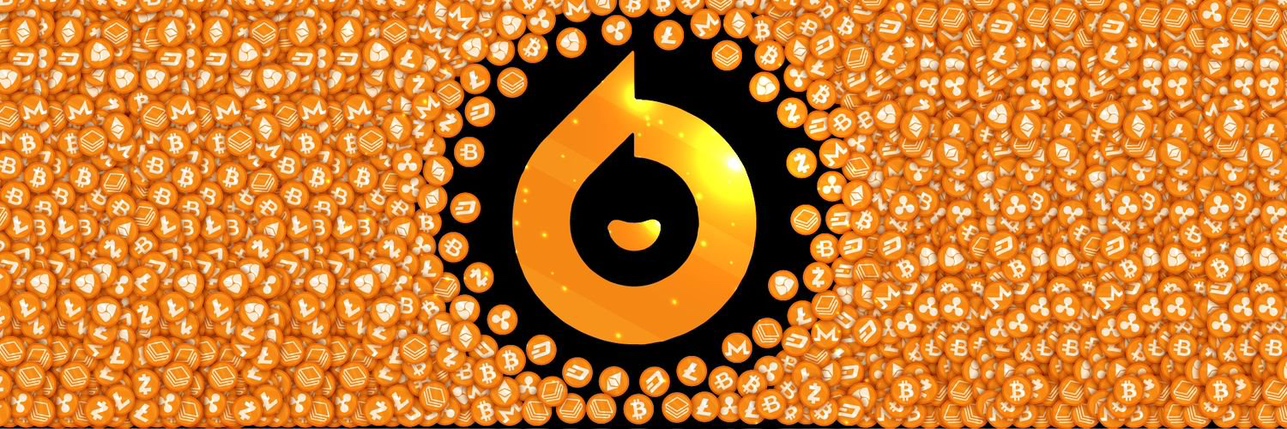TUSD/TWD 匯率換算器
今日TrueUSD即時價格TWD
您認為今天 TrueUSD 價格會上漲還是下跌?
TrueUSD 市場資訊
TrueUSD (TUSD) 簡介
關於 TrueUSD
TrueUSD(TUSD)是第一個與美元掛鉤的穩定幣,受到了國家金融機構的全面監管,同時又有由獨立公司進行透明驗證。它是在 2018 年 3 月時推出的,致力於提供透明且安全的穩定幣。隨著加密貨幣市場的繁榮,以及各種數位貨幣固有的不穩定性,人們對於穩定的數位資產的需求越來越大。TrueUSD 的推出就是為了填補此空白。
TrustToken 是發行 TrueUSD 的公司,在美國金融犯罪執法網路之下註冊為貨幣服務企業。他們的資金受到了內華達州工商部金融機構部門的監管。此外,TrueUSD 的抵押品都經過 Cohen Company 和 Armanino 的審計,這兩家都是全球頂尖的會計師事務所。
與比特幣和以太坊等價值可能會大幅波動的加密貨幣不同,TrueUSD 與美元的價值掛鉤。對於流通中的每一枚 TrueUSD,託管帳戶中都會有等值的美元。這種掛鉤確保了穩定的價值,並培養了用戶的信任。
TrueUSD 完全符合美國法規,並且遵循所有必要的法律準則。第三方公司的定期審核同時也確保了代幣的完整性,使其成為那些優先考慮透明度和安全性的用戶們的首選。
TrueUSD 的穩定性吸引了各種用戶,包含交易員、企業、金融機構。它被廣泛地用在加密貨幣交易所的交易對中,以及被當作一種可以取代緩慢、昂貴的傳統銀行付款業務的支付方式。
資源
官方網站:https://tusd.io/
TrueUSD 是如何運作的呢?
TrueUSD 採用一種被稱為代幣化的方法,以代表區塊鏈上現實世界的貨幣。當用戶用美元購買 TrueUSD 時,等值的美元就會存放在專業的信託合作銀行中。然後 TrueUSD 代幣就會被鑄造出來,並且發送給用戶。
如果要把 TrueUSD 兌換回美元,那也是一個簡單的過程。用戶可以把 TrueUSD 發送到智能合約,之後等值的美元就會從託管帳戶中解鎖,並且發送到用戶的銀行帳戶。然後相對應的 TrueUSD 就會被燒毀,確保它的 1:1 掛鉤。
TUSD 的營運是由以太坊區塊鏈上的智能合約所管理的。這些自動化合約會安全地處理代幣的發行和贖回。整個過程都是透明的,可以隨時審計,加強了其信賴度。
TUSD 在金融生態系中擁有多種功能。其穩定性使其成為對沖其他資產波動性的合適選項。此外,它在去中心化金融(DeFi)平台中也扮演著重要角色,為各種金融服務提供穩定的交易媒介。
雖然看似成功,但 TrueUSD 其實也面臨著挑戰。對於傳統銀行業務和監管合規性的依賴,有時候會讓流程變慢。批評者還認為,託管帳戶管理的中心化,是和加密貨幣的去中心化性質互相矛盾的。
結論
TrueUSD 透過提供穩定且透明的數位資產,在動蕩的加密貨幣世界中佔有一席之地。它遵守法規,並且能夠與美元保持 1:1 的掛鉤,所以獲得了廣泛的採用和信任。智能合約、代幣化、兌換流程建立出了一種強大的機制,可以利用區塊鏈的優勢,還可以降低風險。隨著數位金融產業不斷發展,像 TrueUSD 這樣的穩定幣的角色可能會更重要,有可能會塑造出全新的傳統經濟和數位經濟的未來。
TrueUSD 的 AI 分析報告
TrueUSD價格歷史(TWD)
 最低價
最低價 最高價
最高價 
TrueUSD的最高價格是多少?
TrueUSD的最低價格是多少?
TrueUSD價格預測
什麼時候是購買 TUSD 的好時機? 我現在應該買入還是賣出 TUSD?
TUSD 在 2026 的價格是多少?
2026 年,基於 +5% 的預測年增長率,TrueUSD(TUSD)價格預計將達到 NT$32.86。基於此預測,投資並持有 TrueUSD 至 2026 年底的累計投資回報率將達到 +5%。更多詳情,請參考2025 年、2026 年及 2030 - 2050 年 TrueUSD 價格預測。TUSD 在 2030 年的價格是多少?
熱門活動
全球TrueUSD價格
如何購買TrueUSD(TUSD)

建立您的免費 Bitget 帳戶

認證您的帳戶

將 TUSD 兌換為 TWD
常見問題
TrueUSD 的目前價格是多少?
TrueUSD 的 24 小時交易量是多少?
TrueUSD 的歷史最高價是多少?
我可以在 Bitget 上購買 TrueUSD 嗎?
我可以透過投資 TrueUSD 獲得穩定的收入嗎?
我在哪裡能以最低的費用購買 TrueUSD?
相關加密貨幣價格
您可以在哪裡購買TrueUSD(TUSD)?
影片部分 - 快速認證、快速交易

TUSD/TWD 匯率換算器
Bitget 觀點





交易
理財
TUSD/USDT
現貨








